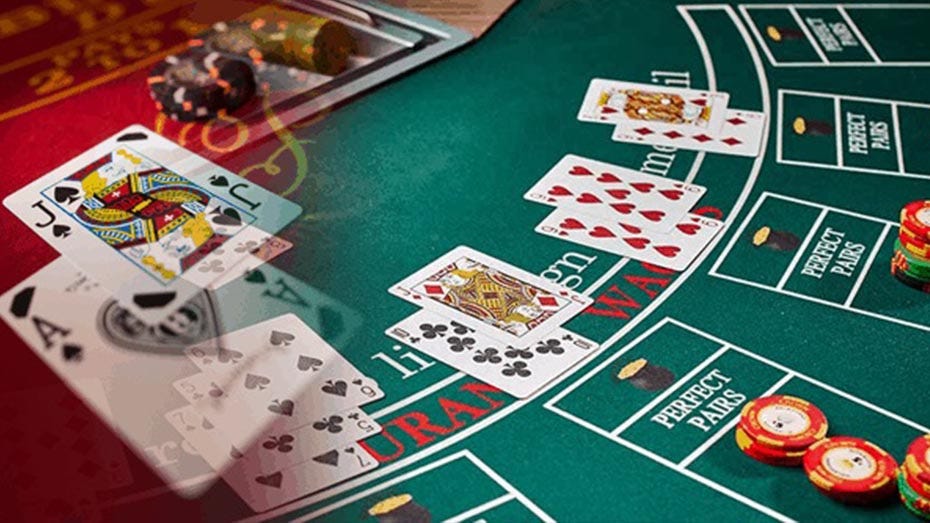Poker and Teen Patti are two popular card games that share some similarities but have significant differences in rules, strategies, and cultural contexts. Poker is a popular card game in which players bet on the strength of their hand, while Teen Patti is a popular card game among the fishermen of South India. The similarities in these games derive primarily from their common origins. Both began in the vernacular languages of South India in Vedic times and have been passed down through oral tradition since antiquity. In this exploration, the differences between Poker and Teen Patti.
1. Origins and Cultural Significance
With its various variants like Texas Hold’em and Omaha, Poker has its roots in Europe and the United States. It has a long and storied history; it is one of the most prestigious poker tournaments globally. Poker is often associated with a Western gambling culture, with iconic images of smoky, high-stakes poker rooms and professional players dominating the scene.
In contrast, Teen Patti, also known as Indian Poker or Flush, is deeply rooted in South Asian culture, particularly in India. It’s a social game commonly played during festivals and family gatherings. The game’s cultural significance extends beyond mere entertainment; it’s often seen as a way to strengthen social bonds and bring people together.
2. Number of Players
Poker is typically played with a fixed number of players. In “Texas Hold’em”, each player is dealt two cards face down, and the next five cards in the deck are dealt face up on the table to form the “community” or “board”. The dealer button rotates between the active players in clockwise order after each hand. All active players play their hands out until one player has won all the chips.
Teen Patti card games have no fixed number of players, as every person plays until he loses his bet and gets out of the game. Teen patti is played with 3, 5 or 7 cards per player. Each player has three cards, and the dealer also has three cards. Each player pays for a card and bets as many cards.
3. Hand Rankings
The ranking of Poker hands is fairly simple, consisting of five groups: royal flushes, straight flushes, four-of-a-kinds, full houses and flushes. The highest ranking hand is a royal flush, followed by a straight flush, and then four-of-a-kinds. Players must use either one or two-hole cards to make their best five-card poker hand to win the pot. This is known as “playing the board.
In teen patti, the hand rankings could be clearer. For example, if three cards are dealt in a straight, four cards will be handled. In this case, one hand may get ranked higher than another depending on each player’s cards and the cards left in the deck. The highest-ranking hand is given to the highest card in the other two hands. The next highest hand would be given to the second-highest card in both hands. The least of these hands would be given to the lowest card in all three hands, making all three hands. This makes things more complicated than they sound.
4. Popularity and Variations
Poker has achieved global popularity, with countless variants and a professional circuit that includes major tournaments. It has also successfully transitioned to online platforms, attracting players from all over the world.
On the other hand, Teen Patti is primarily popular in South Asia, particularly in India. While it may not have the same level of international recognition as Poker, it remains a beloved game in its cultural context. There are numerous regional variations of Teen Patti, each with unique rules and twists.
Conclusion:
Poker and Teen Patti share some fundamental aspects as card games involving betting and hand rankings. They are distinct in terms of cultural origins, deck configurations, number of players, and betting structures, and hand rankings, emphasis on psychology, winning conditions, and global popularity. These differences make each game a unique and enjoyable experience.





